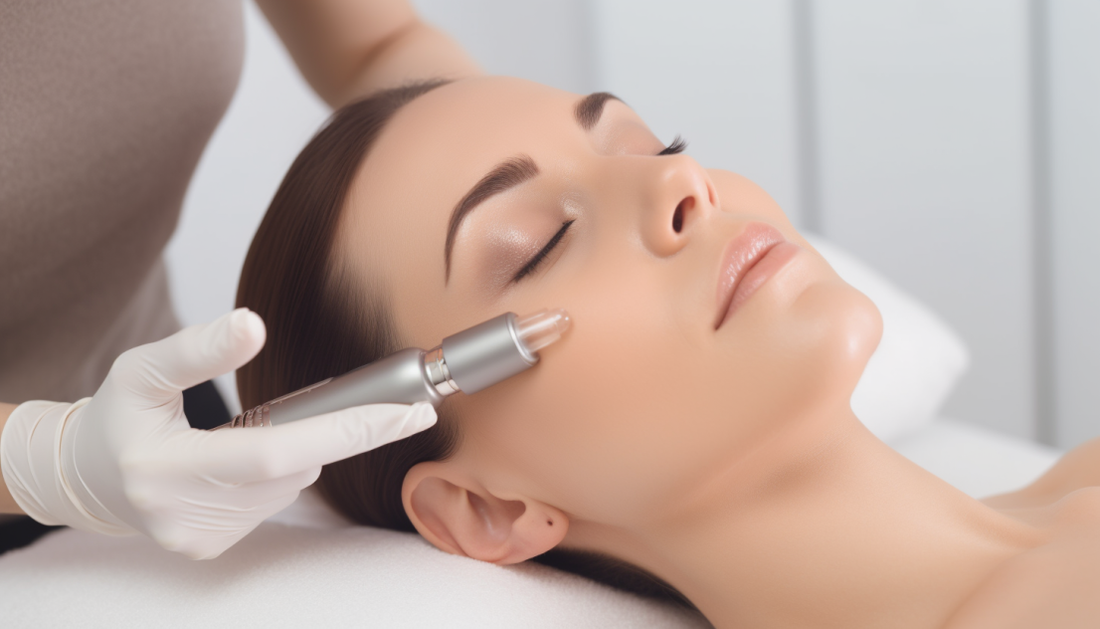
Unlocking the Potential of Microneedling: A Non-Invasive Approach to Improving Skin Appearance
Microneedling is a cosmetic procedure that involves the use of fine needles to create tiny punctures in the skin. The needles are typically made of stainless steel or titanium, and are used to create small, controlled injuries in the skin. These injuries trigger the body's natural healing process, which leads to the production of collagen and elastin, two proteins that are essential for healthy, youthful-looking skin.
The procedure is performed using a device called a microneedling pen, which is a small, handheld device that is equipped with fine needles. The pen is moved over the skin in a controlled manner, creating tiny punctures in the skin. The needles can be adjusted to different lengths, depending on the area of the skin being treated and the desired results.
Microneedling is typically used to treat a variety of skin concerns, including acne scarring, fine lines and wrinkles, and uneven skin tone. It is also used to improve the overall appearance of the skin, making it appear smoother, firmer, and more youthful.
The procedure is relatively painless and requires no downtime. It is often performed as a series of treatments, spaced 4-6 weeks apart. Some redness and mild swelling may occur immediately after the procedure, but these side effects are typically short-lived.
It is important to note that microneedling should only be performed by a licensed professional, as improper technique can lead to injury or infection. It is also important to choose a reputable provider and use sterile needles to reduce the risk of complications.
Overall, microneedling is a safe and effective procedure that can help to improve the appearance of the skin. It is a good option for those looking to reduce the appearance of fine lines and wrinkles, acne scarring, and uneven skin tone. It's also a non-invasive alternative to more invasive procedures such as chemical peels and laser resurfacing.
